Idea by
Rafael Luna
Call for ideas 2020
Infra-Architecture Hybrids
Infra-Architecture Hybrids
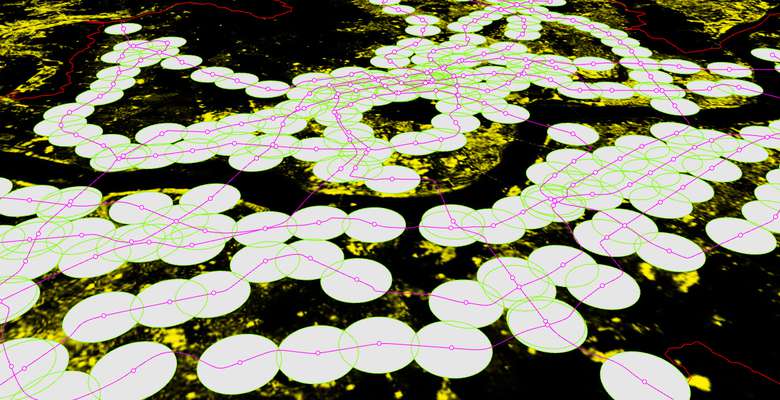
- Systemic changes
With the growth of the urban field there is an ever increasing separation between architecture and city form. At the turn of the century, the term “Generic City” came to represent the globalizing effect of cities growing through similar capitalist models driven by consumerism with no real identity. Yet, megalopolises like Seoul have found a unique model of growth through urban islands connected through an expansive underground network. Aside from being a transportation infrastructure, the underground has become a robust layer of the city with public spaces, social and commercial spaces resembling megastructural ideas from the 1960’s that were never fully conceived. This project analyses how these underground networks are working as a continuous structure that organizes and redefine previous unrealized architectural theories through new conditions of infra-architectural hybrids allowing for a new engagement of architecture in city form.
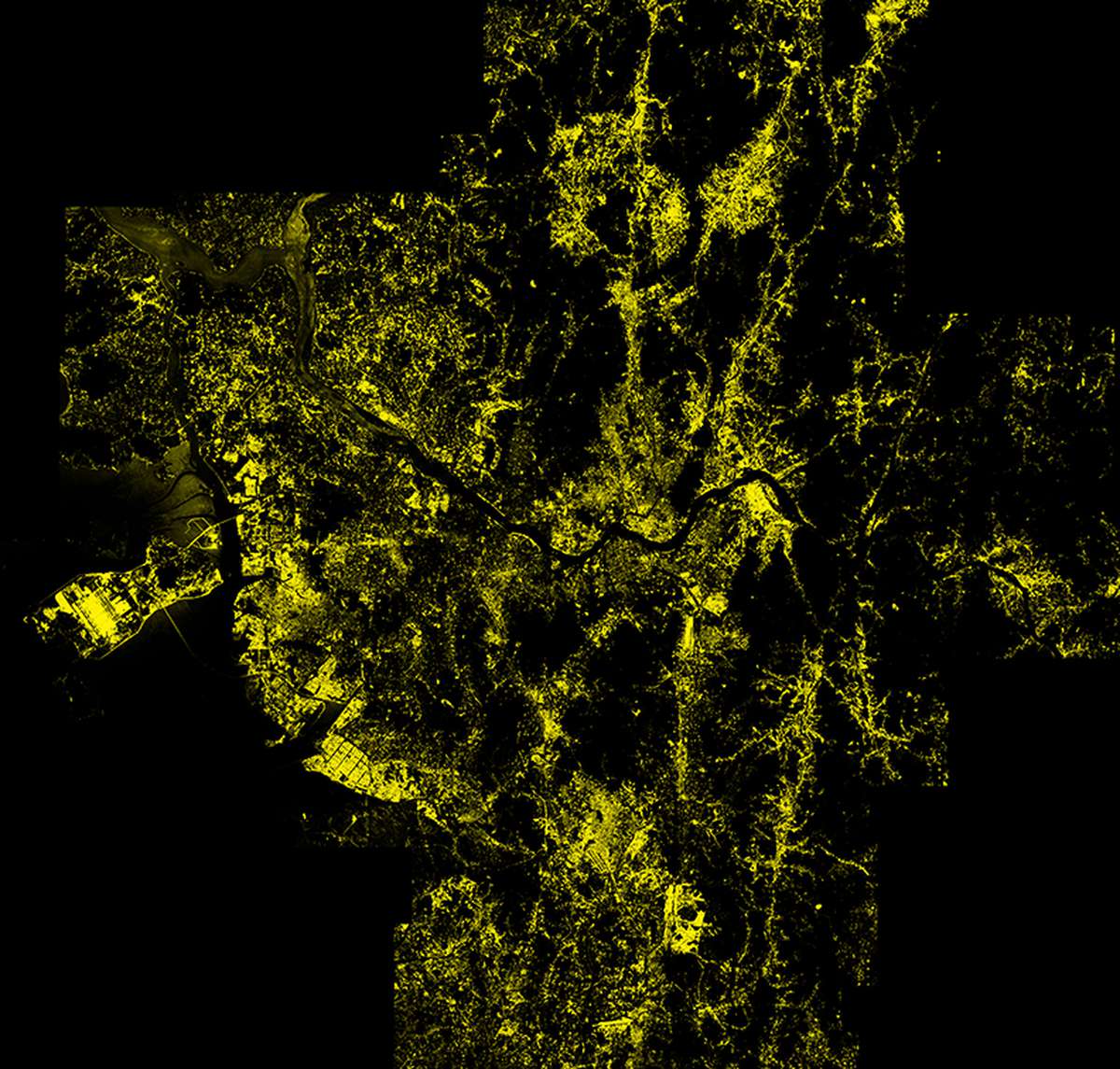
Night view of Seoul Metropolitan Area as an amorphous form. The administrative boundary has no formal consequence on the actual urban growth.
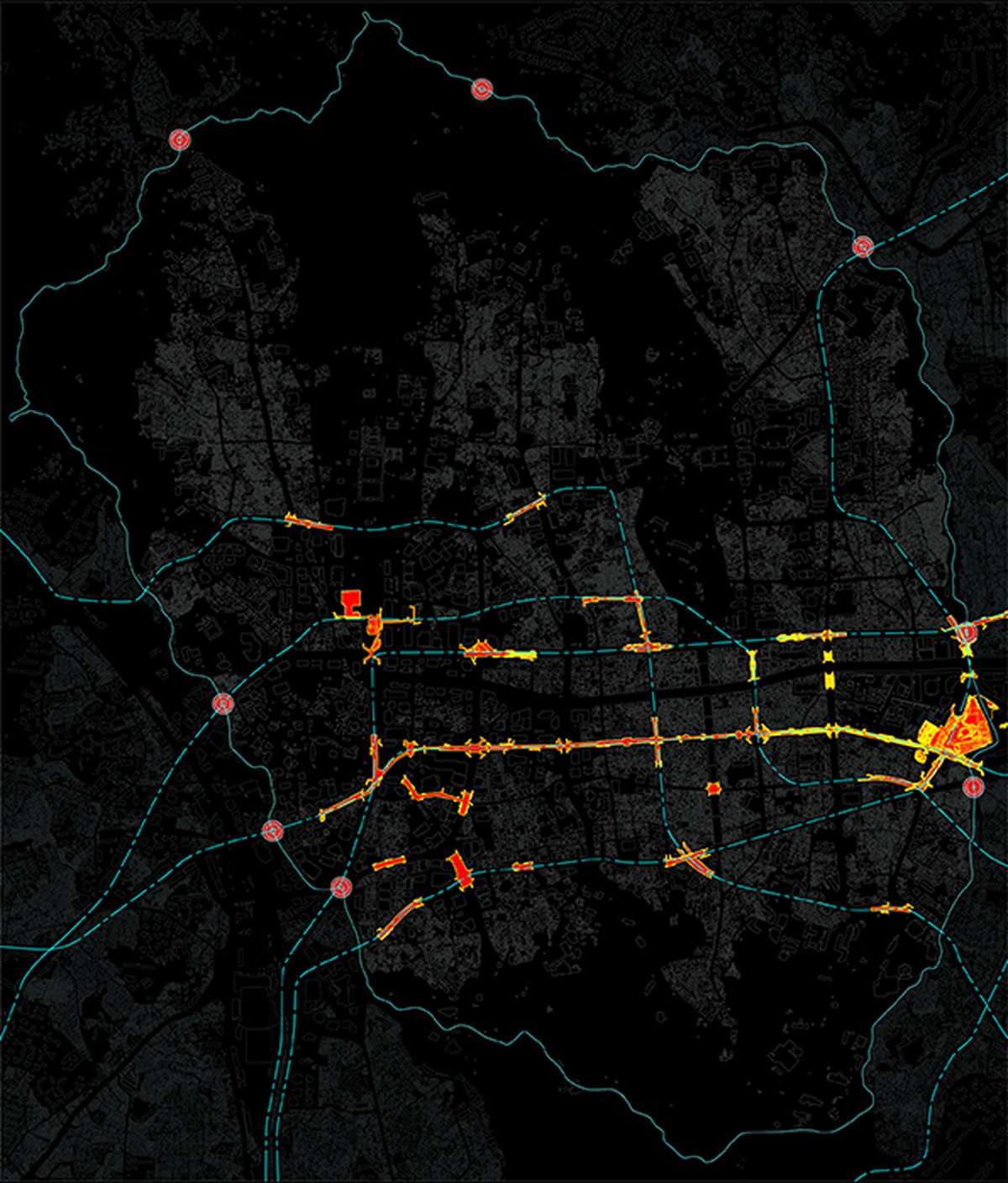
Mapping of Seoul's underground structures as a connected network forming a continuous megastructure.

Chinese urban constellation as another ecumenopolis formal framework.
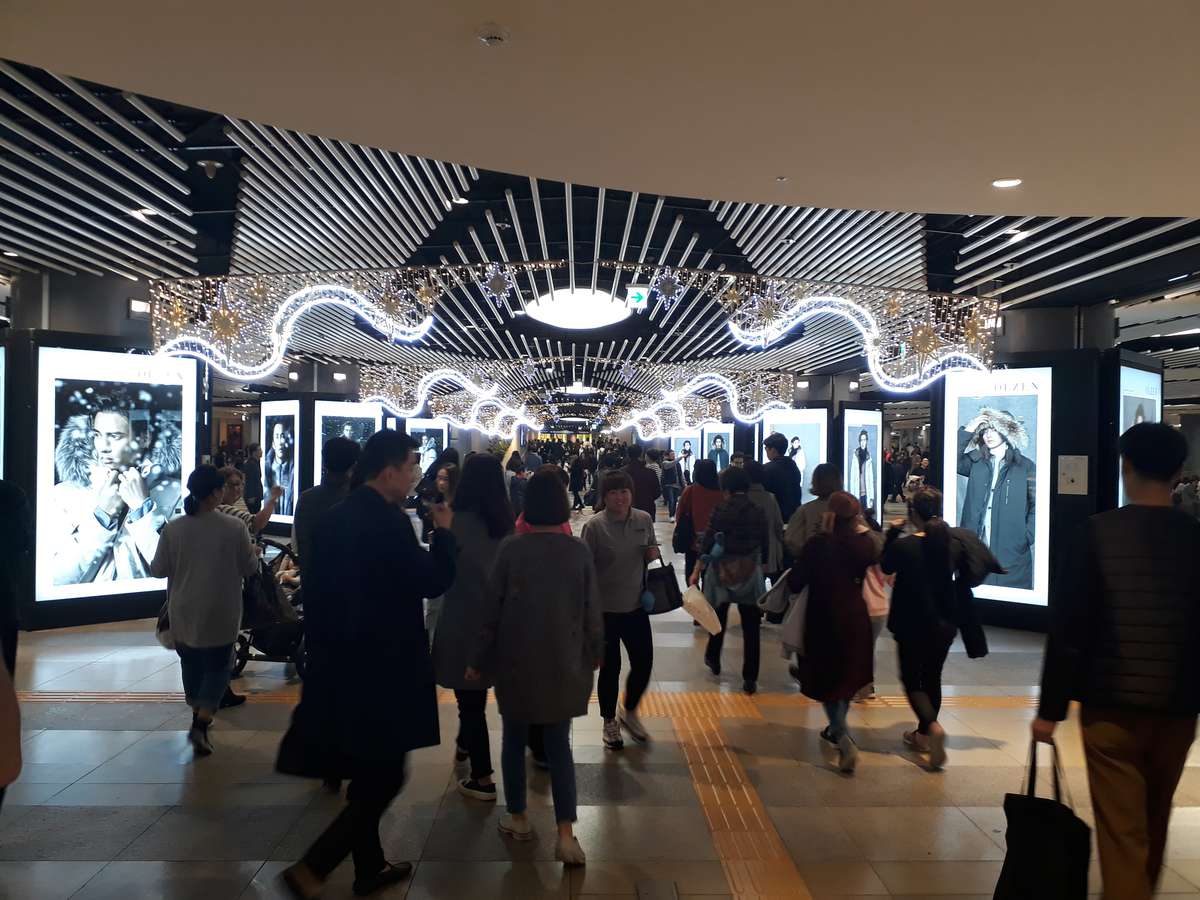
Seoul;s underground blurs the boundary between private and public. This image shows a continuous transition between subway infrastructure and commercial space as a fluid space.
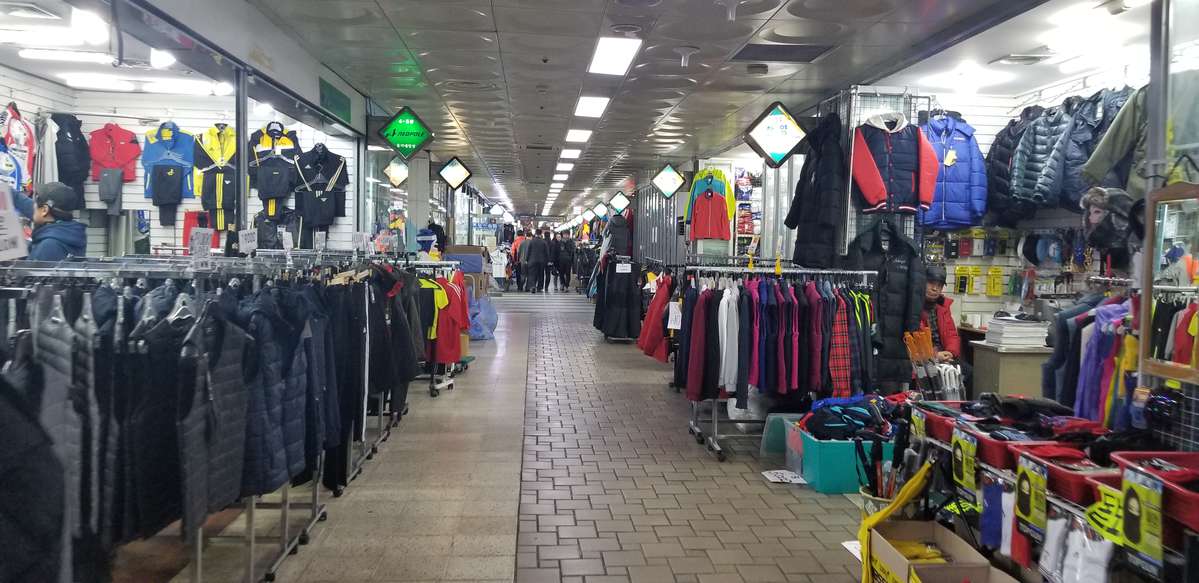
Underground Shopping district in Seoul.
Infra-Architecture Hybrids
Infra-Architecture Hybrids

- Systemic changes
With the growth of the urban field there is an ever increasing separation between architecture and city form. At the turn of the century, the term “Generic City” came to represent the globalizing effect of cities growing through similar capitalist models driven by consumerism with no real identity. Yet, megalopolises like Seoul have found a unique model of growth through urban islands connected through an expansive underground network. Aside from being a transportation infrastructure, the underground has become a robust layer of the city with public spaces, social and commercial spaces resembling megastructural ideas from the 1960’s that were never fully conceived. This project analyses how these underground networks are working as a continuous structure that organizes and redefine previous unrealized architectural theories through new conditions of infra-architectural hybrids allowing for a new engagement of architecture in city form.
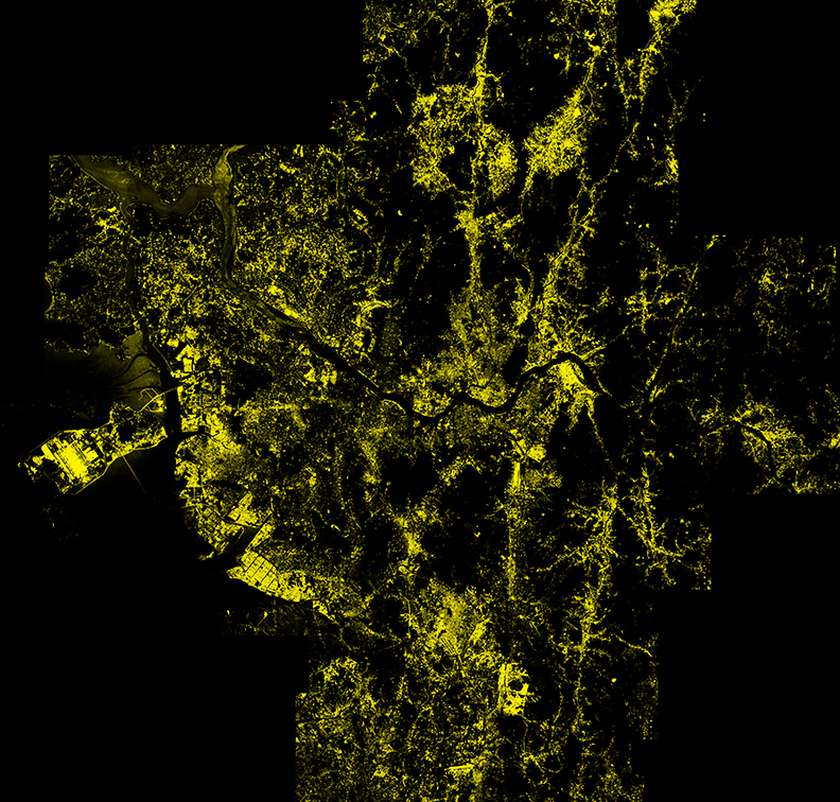
Night view of Seoul Metropolitan Area as an amorphous form. The administrative boundary has no formal consequence on the actual urban growth.
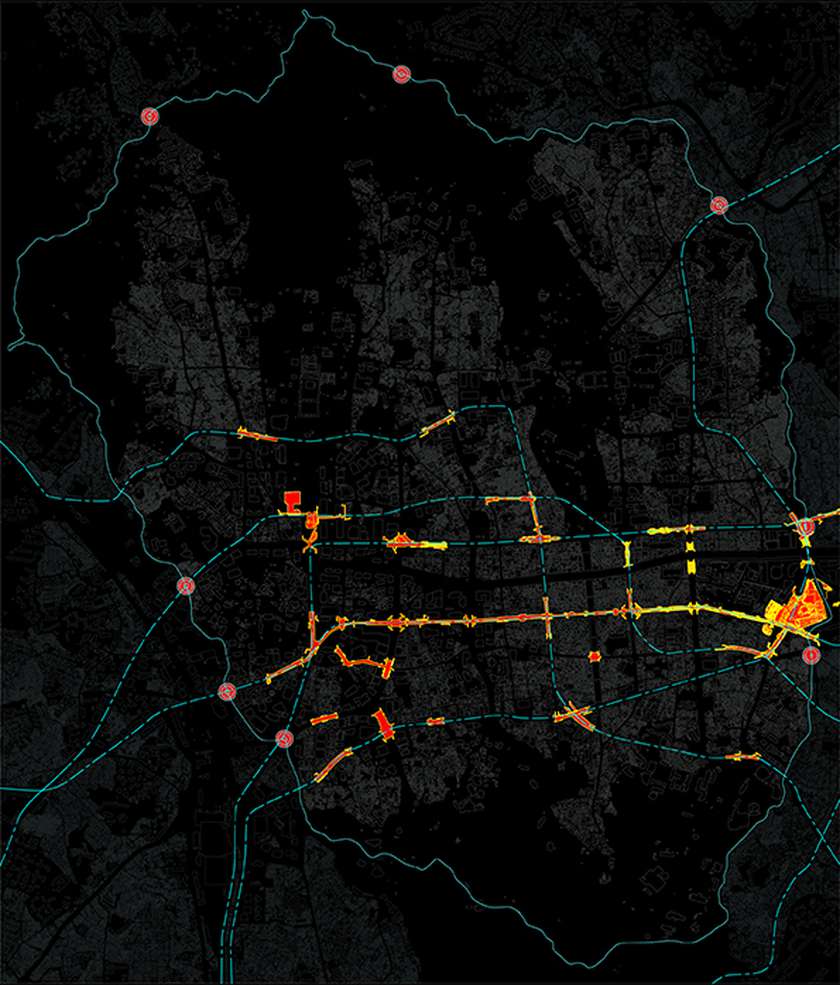
Mapping of Seoul's underground structures as a connected network forming a continuous megastructure.
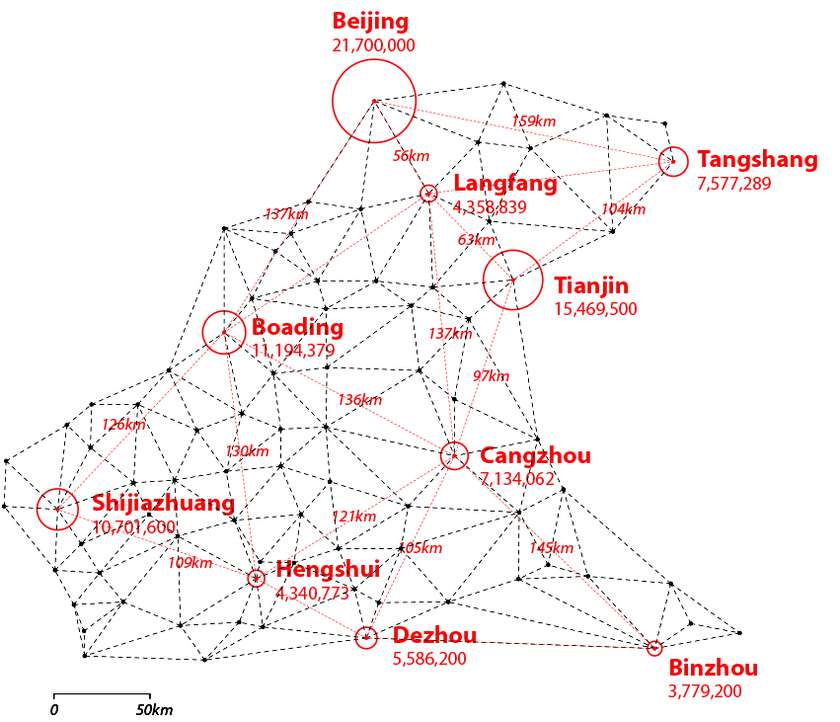
Chinese urban constellation as another ecumenopolis formal framework.

Seoul;s underground blurs the boundary between private and public. This image shows a continuous transition between subway infrastructure and commercial space as a fluid space.
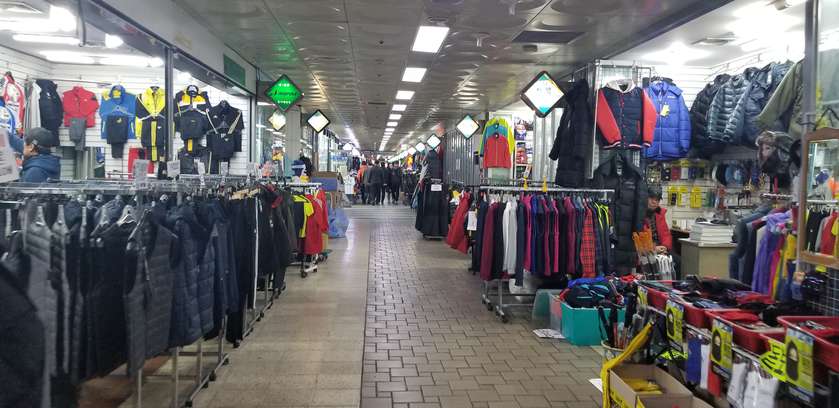
Underground Shopping district in Seoul.